Circuit Breakers

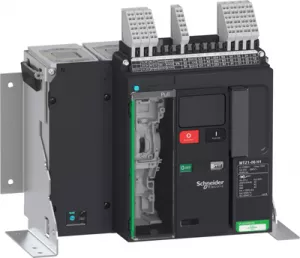
Order No.:
03P6565
Manufacturer SKU:
LV847115

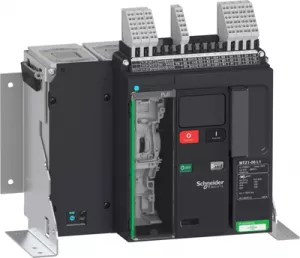
Order No.:
03P6566
Manufacturer SKU:
LV847117

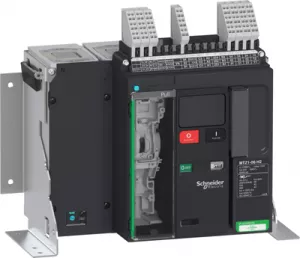
Order No.:
03P6567
Manufacturer SKU:
LV847119

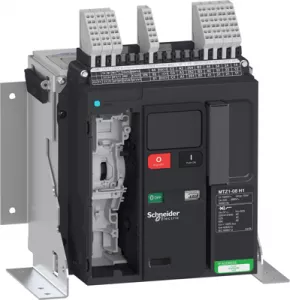
Order No.:
03P6568
Manufacturer SKU:
LV847120

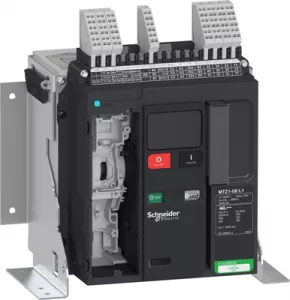
Order No.:
03P6569
Manufacturer SKU:
LV847122

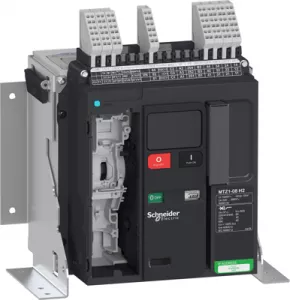
Order No.:
03P6570
Manufacturer SKU:
LV847123

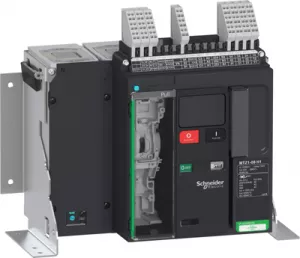
Order No.:
03P6571
Manufacturer SKU:
LV847125

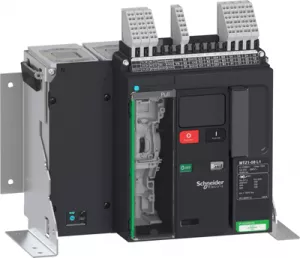
Order No.:
03P6572
Manufacturer SKU:
LV847127


Order No.:
03P6573
Manufacturer SKU:
LV847128


Order No.:
03P6574
Manufacturer SKU:
LV847130


Order No.:
03P6575
Manufacturer SKU:
LV847131


Order No.:
03P6576
Manufacturer SKU:
LV847132


Order No.:
03P6577
Manufacturer SKU:
LV847135

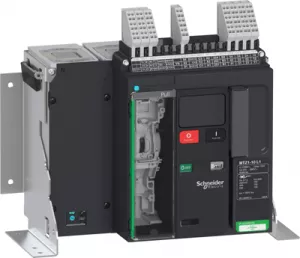
Order No.:
03P6578
Manufacturer SKU:
LV847137

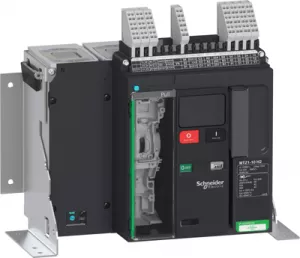
Order No.:
03P6579
Manufacturer SKU:
LV847138

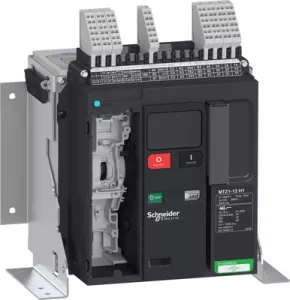
Order No.:
03P6580
Manufacturer SKU:
LV847140


Order No.:
03P6581
Manufacturer SKU:
LV847141

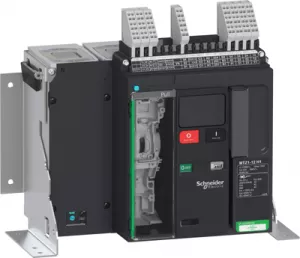
Order No.:
03P6582
Manufacturer SKU:
LV847145


Order No.:
03P6583
Manufacturer SKU:
LV847147


Order No.:
03P6584
Manufacturer SKU:
LV847150
Safety guaranteed: Functions and advantages of switch-disconnectors
Circuit breakers are used to protect electrical circuits by automatically switching off in the event of an overload or short circuit. They can be switched back on, eliminating the need for one-way fuses. Switch-disconnectors, on the other hand, specialize in safely isolating electrical circuits from the power supply.
Unlike circuit breakers, switch-disconnectors do not perform a protective function, but merely ensure safe isolation as well as prevention of accidental switch-on. Both electromechanical components are indispensable in electrical installations and in the energy sector, with circuit-breakers primarily ensuring the protection of installations, while switch-disconnectors are used for maintenance and repairs.